Navigating the World of Green Roofing:
In recent years, the shift towards sustainable living and eco-friendly construction practices has brought green roofing into the spotlight. A green roof, also known as a living roof, is not just a statement of environmental consciousness but a practical investment in a building's future and the health of the surrounding ecosystem. This article explores the multifaceted benefits of green roofing and provides insights into what homeowners and building owners should consider before taking the green leap.
What is Green Roofing?
A green roof is a roofing system that is partially or completely covered with vegetation and a growing medium, planted over a waterproofing membrane. It may also include additional layers such as a root barrier and drainage and irrigation systems. Green roofs are categorized into two main types: intensive and extensive. Intensive roofs have deeper soil layers that can support a wide variety of plants, including small trees and shrubs, making them heavier and requiring more maintenance. Extensive roofs, on the other hand, are lighter, support a simpler mix of plants, and are designed with low maintenance in mind.
Benefits of Green Roofing
Environmental Impact: Green roofs significantly reduce the urban heat island effect, a phenomenon where urban areas become significantly warmer than their rural surroundings. The vegetation on green roofs absorbs and reflects sunlight, helping to cool buildings and the surrounding air.
Energy Efficiency: By providing natural insulation, green roofs can reduce the amount of energy needed for heating in the winter and cooling in the summer, leading to substantial savings on energy bills.
Stormwater Management: Green roofs absorb and retain rainwater, which helps reduce runoff and mitigate flooding. This not only eases the burden on urban sewer systems during heavy rains but also purifies the water naturally.
Biodiversity: In urban environments, green roofs can create habitats for birds, insects, and other wildlife, contributing to increased biodiversity.
Aesthetic Appeal and Usable Space: Beyond their environmental and economic benefits, green roofs add aesthetic value to buildings and can provide accessible green spaces for recreation and relaxation in dense urban areas.
Considerations Before Installing a Green Roof
Structural Requirements: The additional weight of a green roof, especially an intensive one, requires careful consideration of the building's structural capacity. Consultation with a structural engineer is essential to ensure the building can support the weight.
Installation and Maintenance Costs: Green roofs are generally more expensive to install and maintain than traditional roofing systems. However, the long-term benefits, including energy savings and roof longevity, often offset these initial costs.
Waterproofing and Drainage: A high-quality waterproofing membrane is crucial to prevent leaks, and an effective drainage system is necessary to manage water retention and runoff.
Local Climate and Plant Selection: The success of a green roof heavily depends on choosing plants that are suitable for the local climate and the specific conditions on the roof.
Building Codes and Incentives: Be aware of local building codes and regulations regarding green roofing. Some regions offer incentives, grants, or tax breaks for green roof installation, which can help mitigate the initial costs.
Conclusion
Green roofing represents a significant step forward in eco-friendly construction, offering a host of benefits that extend well beyond the boundaries of the property it covers. By enhancing energy efficiency, managing stormwater, promoting biodiversity, and providing valuable green space, green roofs contribute positively to environmental sustainability and urban livability. However, the decision to install a green roof should be made with a thorough understanding of the initial investments, maintenance requirements, and the specific needs of the building. With careful planning and consideration, a green roof can be a rewarding investment, showcasing a commitment to environmental stewardship and enhancing the quality of urban life.
